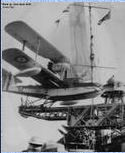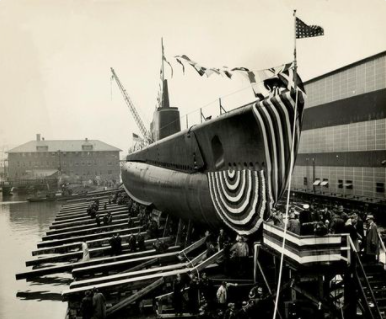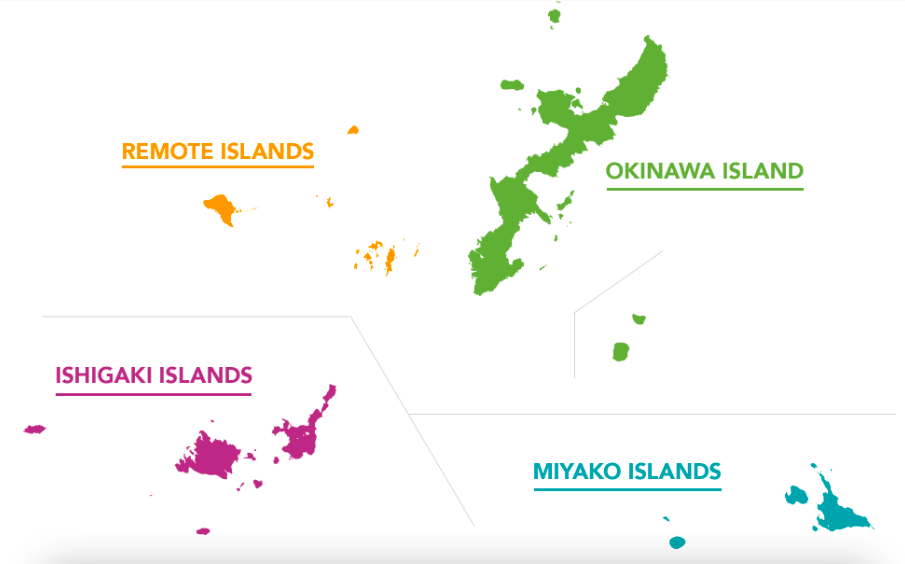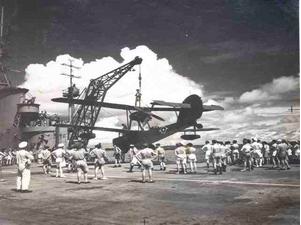Julia Sophia Grossmann
Augusto Sandino's mother
While in Managua, Julia befriended Margarita Calderón, an indigenous servant with the Sandino family and mother of Augusto Calderón Sandino. Both families' children were friends, which is why Augusto...






